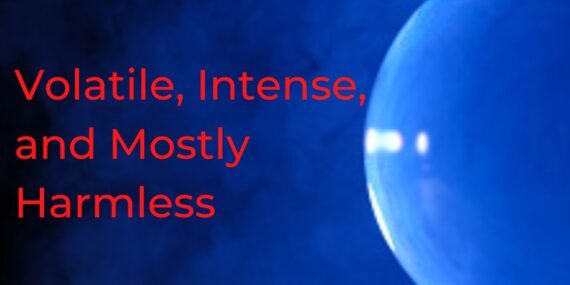Looking Forward
Most current innovations have yet to reach their potential, and new innovations are essential to address the most critical issues we confront, whether that is climate change, food scarcity, water shortages, or more effective distribution of innovation itself. Advanced technologies can be many things, but several areas, including artificial intelligence, life sciences, and software innovations provide the most potent platform for new opportunities, disruptive innovation, and value creation. Software will disrupt the most important industries in the world, especially finance, life sciences, and communications. These will be the fundamental innovations that will drive value creation over the course of the next year, and from now on.










